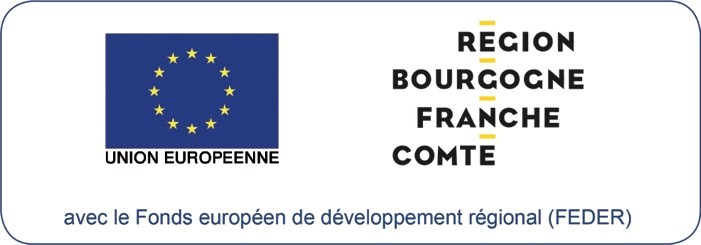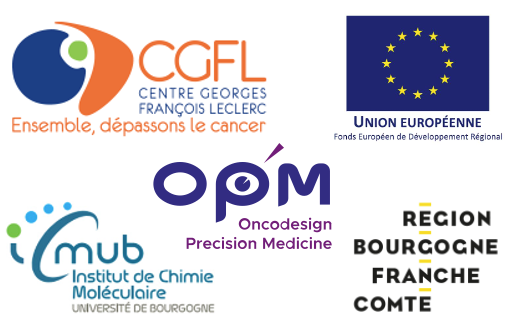CoDaFlight: EU scientists developing the next generation of medical fluorescence imaging
CoDaFlight (Colouring the Dark in Fluorescence light) radical vision is the development of a next-generation optical imaging platform, capable of revealing in real-time new and more accurate information, that provides an optical fingerprint related to a patient’s body and its diseases through an innovative time-domain fluorescence imaging (tdFLI) technology.
The objectives of CoDaFlight are to develop the technological foundations that are needed to enable real-time in vivo tdFLI in medical practice and to integrate these foundations into a complete imaging system. The real-time imaging of fluorescence lifetime, deep into the patient, permits the unlocking of additional features, where today’s medical imaging systems remain in the dark. This means that CoDaFlight will kickstart a new biomedical research field and addresses the need for safe and easy to use diagnostic imaging technology for immediate feedback during medical interventions and for continuous health monitoring.
The project has been awarded 3 million Euro, from the EU, for the research into time-domain fluorescence imaging and has been launched on October 1, 2022.
The CoDaFlight consortium consists of 5 European partners: Vrije Universiteit Brussel, Belgium; Prof. Maarten Kuijk (Project Coordinator), Universitätsmedizin Göttingen Germany; Prof. Frauke Alves, FORTH Greece; Dr. Giannis Zacharakis, Université de Bourgogne, France; Prof. Franck Denat, and Universitetet i Bergen, Norway; Prof. Emmet McCormack.
The scientists from the partners will execute a multidisciplinary, holistic approach that allows both parallel and integrated research progression, on semiconductor image sensors, illumination, mathematical algorithms, fluorescent dyes, as well as the biological proof of concept.
CoDaFlight will demonstrate and disseminate the capabilities and potentials of this novel technology through clinically relevant in vivo proof-of-concepts in the field of oncology and dermatology with the goal to facilitate technology acceptance by end-users and uptake in new markets and biomedical applications.
Contact: Put in the name of the contact at the partner institution and / or use
VUB - Rik van Heijningen (rik.van.heijningen@vub.be)
UB – Franck Denat (franck.denat@u-bourgogne.fr)







